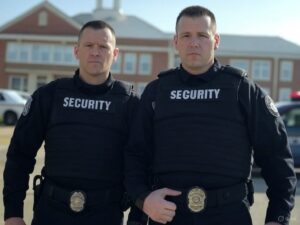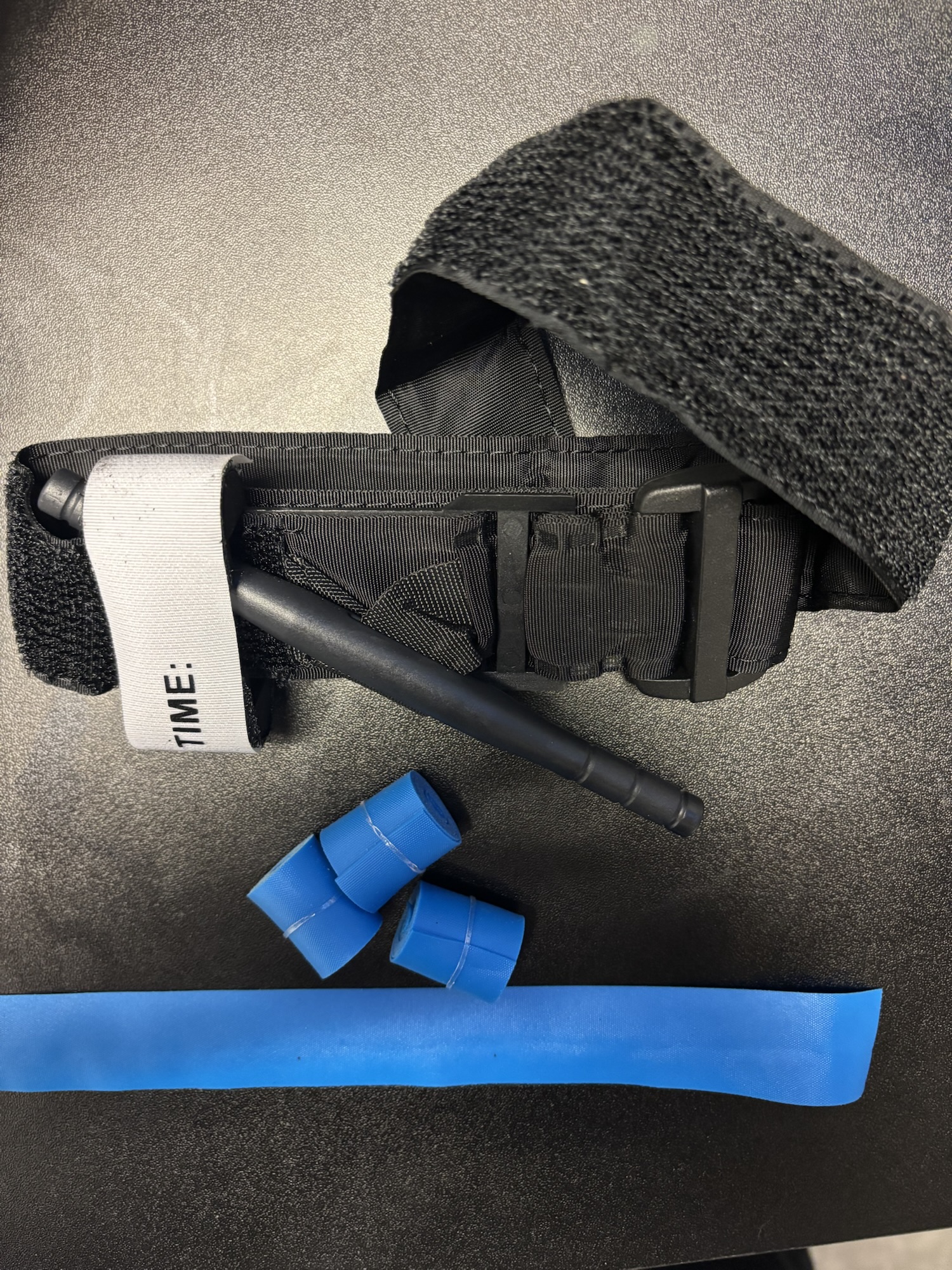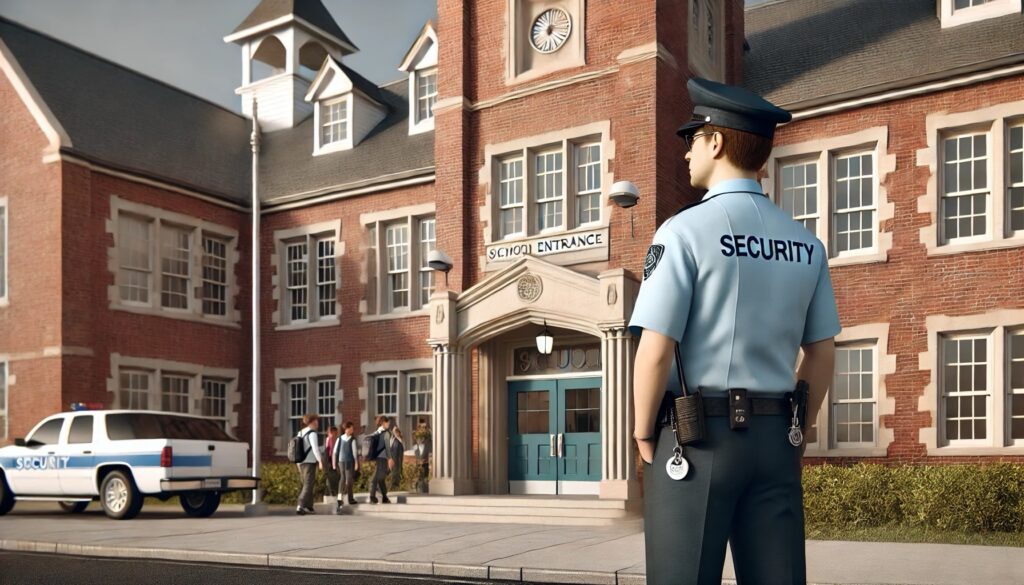
In the wake of global terrorist attacks and rising domestic instability, one question looms large over every American school:
Are we prepared for the unthinkable?
For years, school safety conversations have centered on active shooters, bullying prevention, and mental health support. These issues are absolutely critical—but they are no longer enough. As the security landscape shifts, experts are warning of a new, chilling possibility: a coordinated terrorist attack on U.S. schools.
Terrorism Is Evolving—and the U.S. Is Vulnerable
Security professionals like former CIA officer Sarah Adams and retired Green Beret Scott Mann have issued repeated warnings. Their insights, shaped by years of counterterrorism experience overseas, now point toward a chilling reality at home. They see signs that America is increasingly susceptible to “swarm-style” attacks—sophisticated, simultaneous assaults on soft targets, much like the October 7th attacks in Israel and the 2008 Mumbai terror attacks in India.
The FBI and Department of Homeland Security have quietly confirmed the growing risk. In recent bulletins, these agencies have noted increased chatter and indicators pointing to potential multi-location attacks on public gatherings—including schools.
Why Schools Are a Prime Target
• High emotional impact: Attacks on children strike at the heart of a nation.
• Low security thresholds: Most schools are not equipped to handle complex, dynamic threats.
• Predictable patterns: School schedules and routines are easy to surveil and exploit.
This is not fearmongering. It’s preparedness. And it’s long overdue.
Lessons from Beslan: A Warning from History
The 2004 Beslan school massacre in Russia remains one of the most horrifying examples of a school under siege. Over 1,100 hostages were taken—mostly children. The standoff lasted three days and ended with more than 330 people killed, many burned or shot during the rescue attempt.
That event wasn’t random. It was methodical, well-coordinated, and devastating. And it is a grim example of what could happen if we remain unprepared.
What School Security Must Look Like in 2025 and Beyond
School security can no longer be a checkbox item or an annual drill. It must be a fully integrated, multi-layered system that accounts for worst-case scenarios. Here’s what every school—public, private, charter, or faith-based—should be considering:
1. Comprehensive Threat Assessments
Bring in experienced professionals to conduct Red Team assessments, identifying how your school would hold up under attack. Think like the enemy. Assess your vulnerabilities.
2. Scenario-Based Training
Traditional lockdown drills are no longer enough. Staff, teachers, and school resource officers must train for:
• Multi-attacker events
• Hostage scenarios
• Delayed law enforcement response
• Communications breakdowns
3. Layered Security Protocols
Physical barriers (fencing, access control), trained personnel, surveillance systems, and internal protocols must work together, not in silos.
4. Emergency Communications Plans
What happens when phones go down? How do you communicate with parents, law enforcement, and between campuses? Most schools are not prepared to answer these questions.
5. Partnerships with Law Enforcement and First Responders
Develop joint response plans before an incident. Host training sessions with local SWAT, fire, and EMS teams on your campus. Build relationships. Share intelligence.
Why This Matters Now
In an age of viral extremism, border instability, and global unrest, American schools are increasingly at risk of being caught in the crossfire of ideologically driven violence. This is no longer a distant possibility—it’s a present threat.
We need to shift from a reactive model to a proactive, resilient, and ready posture.
Call to Action: The Time to Prepare Is Now
School leaders, board members, superintendents, and parents must all engage in this conversation. Safety is no longer just a security officer’s responsibility—it’s a community-wide mission.
If you’re in a leadership position, ask yourself:
• When was our last full-spectrum security audit?
• Have we trained for swarm-style or coordinated attacks?
• Are our emergency plans current—and tested?
Hope is not a strategy. Readiness is.




